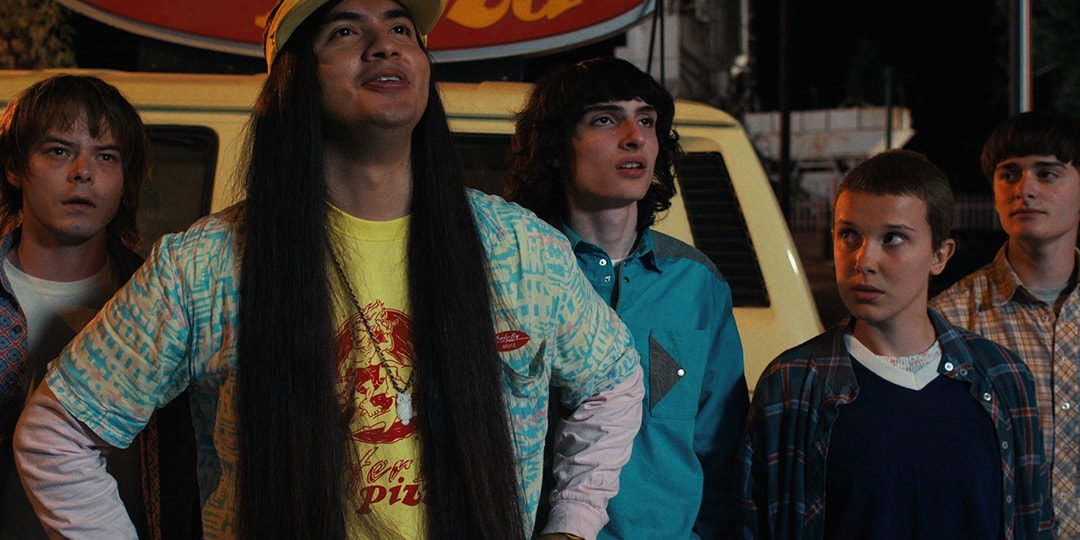You Can Now Turn Text Prompts Into Lego Designs With LegoGPT AI
SummaryResearchers at Carnegie Mellon University have developed LEGO-GPT, an AI modelTo build, the system currently specializes in generating LEGO vehicles from natural language descriptions and converts text prompts into buildable LEGO modelsResearchers at Carnegie Mellon University (CMU) have unveiled a groundbreaking new AI model called LegoGPT, designed to bridge the gap between natural language and physical creation. This innovative system can transform text prompts into fully buildable LEGO models, specifically focusing on vehicles.Imagine simply typing "a red sports car with big wheels" or "a blue spaceship with pointy wings," and having the AI instantly generate instructions for assembling it with LEGO bricks. That's the promise of LegoGPT. The system operates by understanding natural language and processing and interpret the descriptive elements of a text prompt. It then translates the words into LEGO geometry, turning concepts into a 3D LEGO model, taking into account the unique constraints and connectivity of LEGO bricks. It provides step-by-step instructions that a human builder can follow to construct the physical model. According to dezeen, the team, which is led by Ava Pun, a PhD student at Carnegie Mellon University (CMU) and one of the study's coauthors, hope to expand the AI model beyond LEGOs to give it real-world applications to help "architects design structurally sound buildings or designers create custom furniture." Pun shared with the publication, "We wanted to bring user imagination into the physical world. Imagine if you could type in a prompt or show us a picture of a chair, and boom – we could actually make that product and ship it to you in a week or two."This development is a significant leap in AI's ability to translate abstract ideas into tangible forms. It showcases advancements in generative AI, computational design, and robotics, demonstrating how AI can aid in creative design and engineering processes. While currently focused on vehicles, the potential applications for LEGO-GPT are vast, from educational tools to rapid prototyping and even assisting LEGO designers themselves. It's a playful yet powerful example of AI moving beyond virtual spaces into the realm of physical construction.Click here to view full gallery at Hypebeast
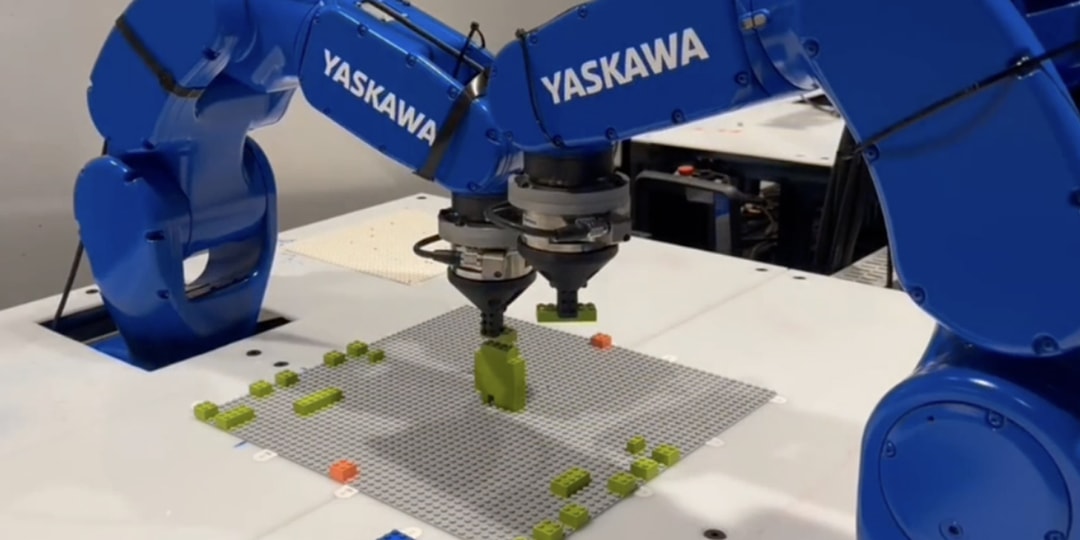

Summary
- Researchers at Carnegie Mellon University have developed LEGO-GPT, an AI model
- To build, the system currently specializes in generating LEGO vehicles from natural language descriptions and converts text prompts into buildable LEGO models
Researchers at Carnegie Mellon University (CMU) have unveiled a groundbreaking new AI model called LegoGPT, designed to bridge the gap between natural language and physical creation. This innovative system can transform text prompts into fully buildable LEGO models, specifically focusing on vehicles.
Imagine simply typing "a red sports car with big wheels" or "a blue spaceship with pointy wings," and having the AI instantly generate instructions for assembling it with LEGO bricks. That's the promise of LegoGPT. The system operates by understanding natural language and processing and interpret the descriptive elements of a text prompt. It then translates the words into LEGO geometry, turning concepts into a 3D LEGO model, taking into account the unique constraints and connectivity of LEGO bricks. It provides step-by-step instructions that a human builder can follow to construct the physical model. According to dezeen, the team, which is led by Ava Pun, a PhD student at Carnegie Mellon University (CMU) and one of the study's coauthors, hope to expand the AI model beyond LEGOs to give it real-world applications to help "architects design structurally sound buildings or designers create custom furniture." Pun shared with the publication, "We wanted to bring user imagination into the physical world. Imagine if you could type in a prompt or show us a picture of a chair, and boom – we could actually make that product and ship it to you in a week or two."
This development is a significant leap in AI's ability to translate abstract ideas into tangible forms. It showcases advancements in generative AI, computational design, and robotics, demonstrating how AI can aid in creative design and engineering processes. While currently focused on vehicles, the potential applications for LEGO-GPT are vast, from educational tools to rapid prototyping and even assisting LEGO designers themselves. It's a playful yet powerful example of AI moving beyond virtual spaces into the realm of physical construction.


































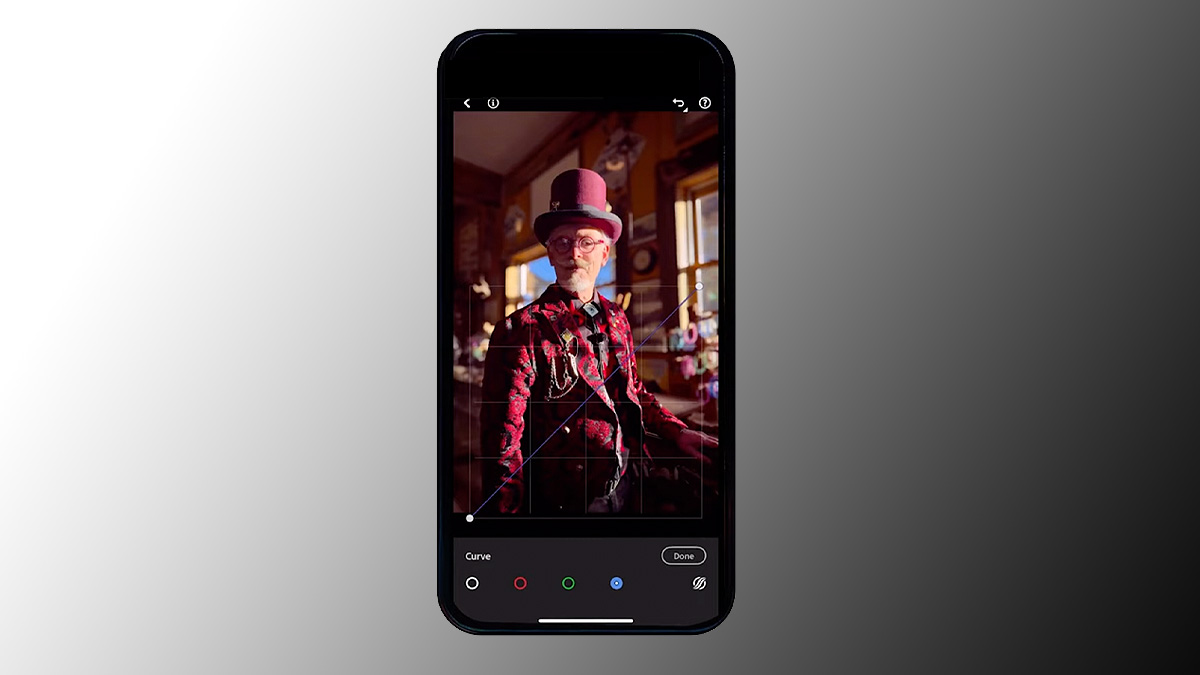



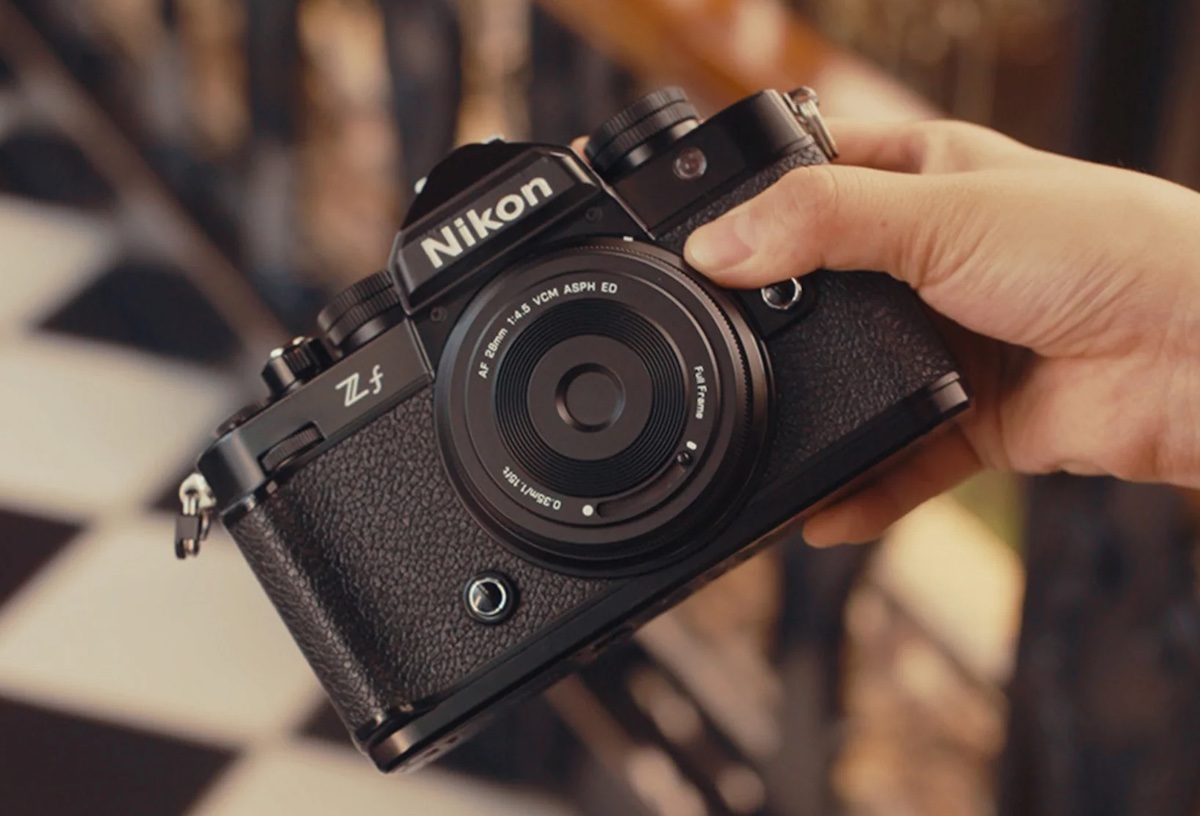

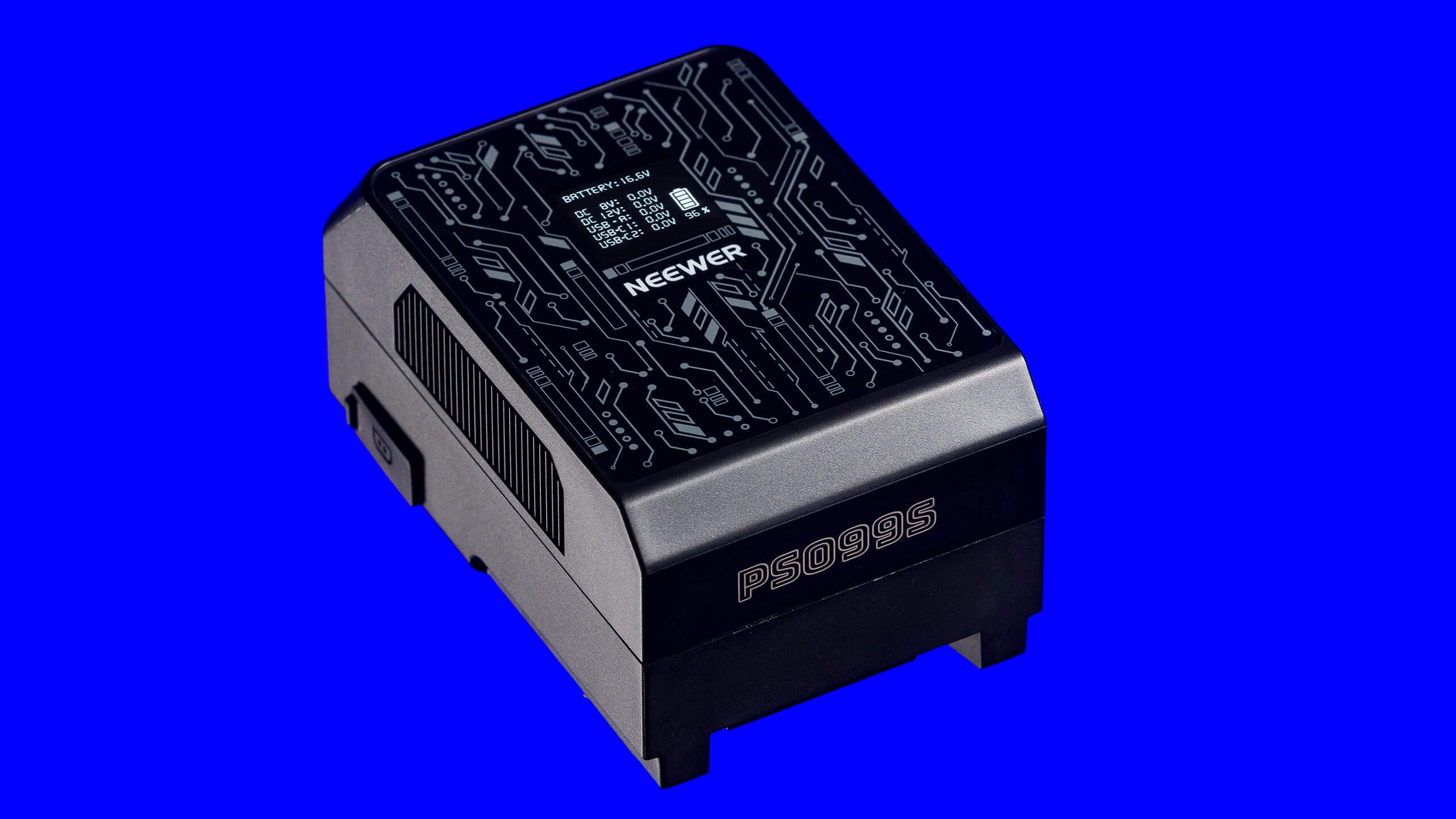

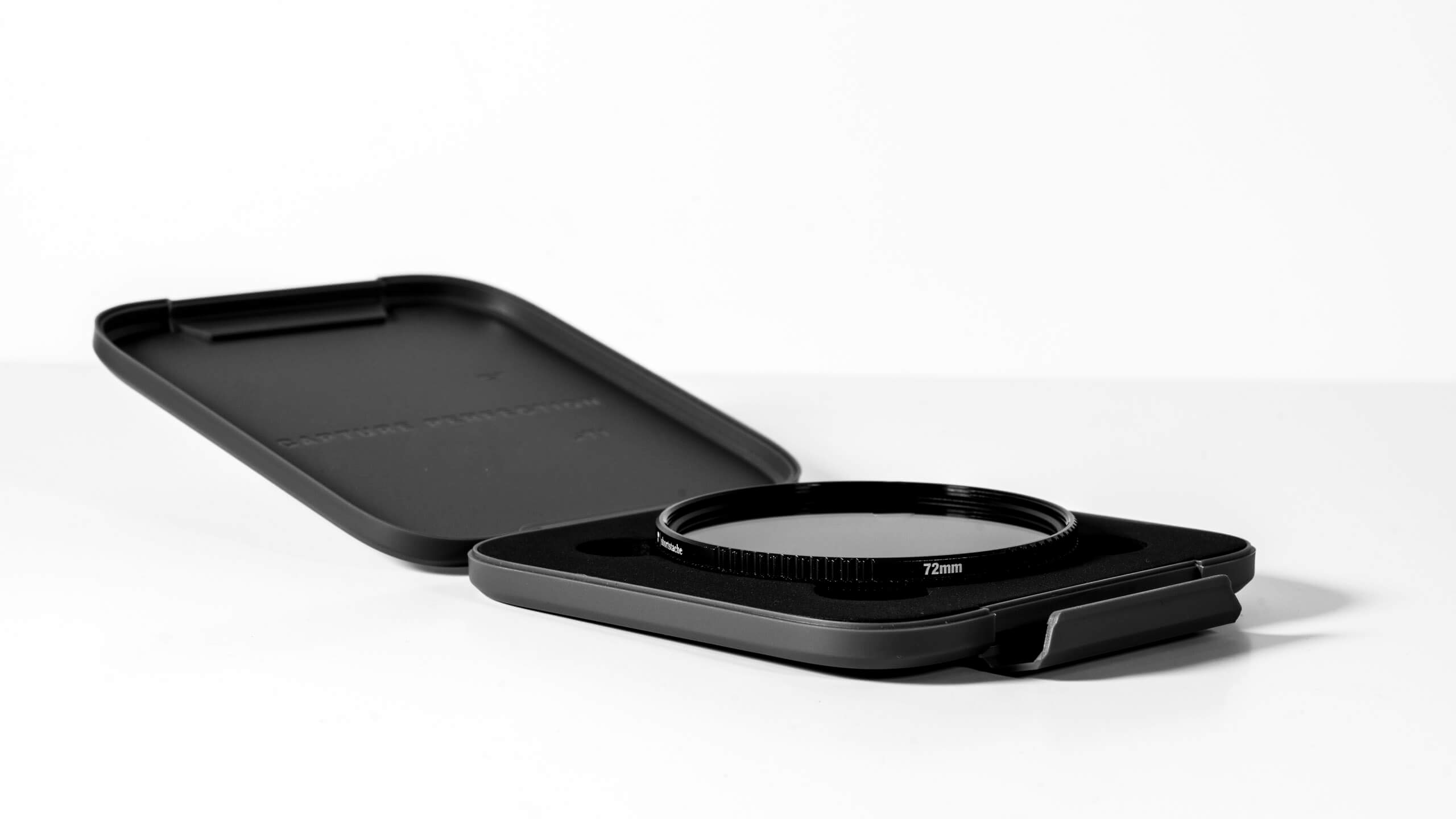
































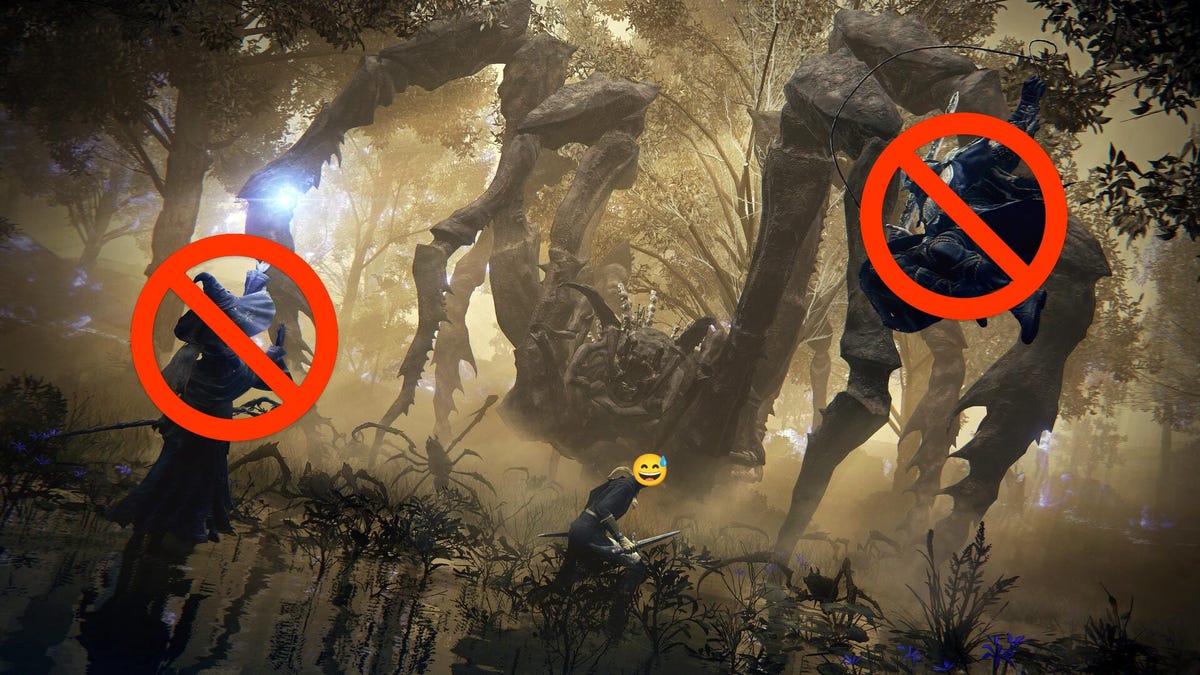



























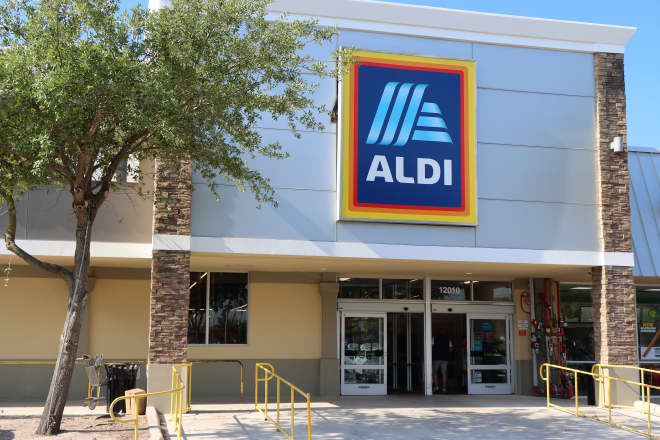

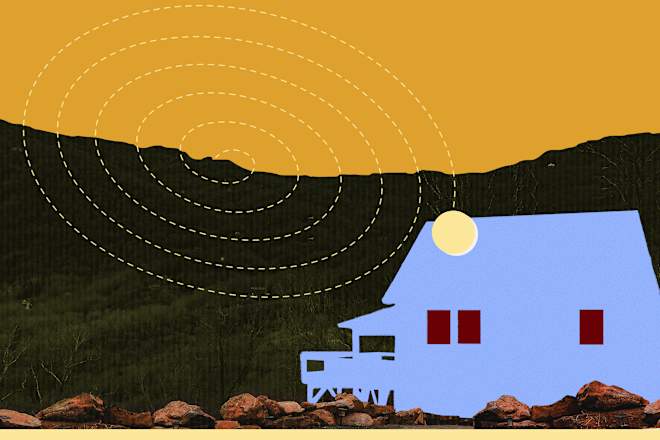






































































.jpg)
.jpg)
.jpg)

.jpg)



